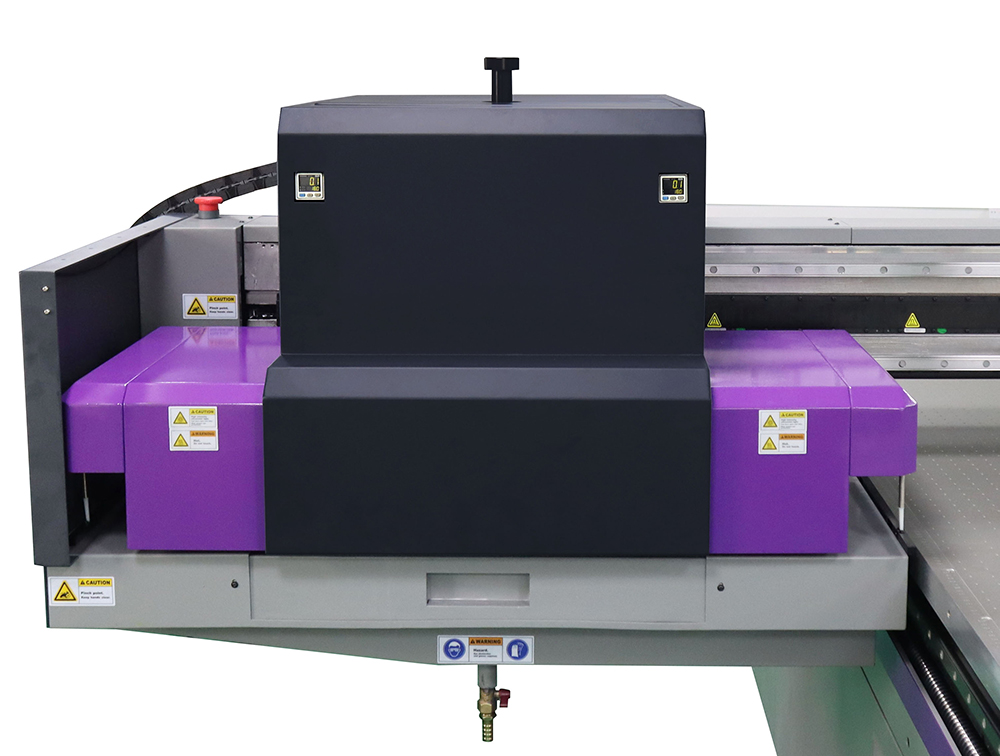UV Flatbed Printer: How to Achieve Consistent Print Quality?
UV Flatbed Printer: How to Achieve Consistent Print Quality?
The UV flatbed printer has become an essential tool in the modern printing industry, offering unparalleled versatility and efficiency in printing on various materials. However, achieving consistent print quality can be challenging, especially when dealing with different substrates, inks, and printing parameters. In this article, we explore the key factors that affect print quality and provide practical tips on how to achieve consistent results with a UV flatbed printer.

Factors Affecting Print Quality
Substrate Choice
The type of substrate used significantly impacts print quality. Different materials have varying absorption rates, surface textures, and chemical properties, which can affect how the ink adheres and spreads. For instance, porous substrates like paper or fabric may absorb ink differently than non-porous materials like glass or metal.
Ink Selection
UV-curable inks are specially formulated to work with UV flatbed printers. However, different ink brands and types can produce varying results. The viscosity, pigment size, and curing properties of the ink all contribute to the final print quality.
Printer Settings
The printer’s resolution, ink drop size, and printing speed are critical settings that affect print quality. Higher resolutions and smaller ink drops can increase detail and clarity, but they may also increase printing time and ink usage.
Environmental Conditions
Temperature, humidity, and dust levels in the printing environment can all affect print quality. Extreme temperatures or humidity can alter the curing process or cause ink to spread unevenly.
Maintenance and Calibration
Regular maintenance, such as cleaning the print heads and calibrating the printer, is essential for maintaining consistent print quality. Clogged nozzles or misaligned heads can lead to banding, missing lines, or other artifacts in the final print.
Tips for Achieving Consistent Print Quality
Test and Profile Substrates
Before starting a large print job, it’s essential to test the substrate with a small sample print. This helps to understand how the ink interacts with the material and allows for adjustments in printer settings or ink selection if needed. Creating substrate profiles can further optimize the printing process for specific materials.
Choose Quality Inks
Investing in quality UV-curable inks from reputable brands is crucial. These inks are specifically designed for UV flatbed printers and provide consistent results with optimal curing properties.
Optimize Printer Settings
Experiment with different printer settings to find the optimal balance between resolution, ink drop size, and printing speed. Higher resolutions and smaller ink drops may produce finer details but can slow down the printing process. Finding the right balance ensures both quality and efficiency.
Control the Environment
Maintaining a stable environment is key to consistent print quality. Keep the printing area clean, dust-free, and at a consistent temperature and humidity level. Consider using an enclosure or hood to protect the printer from external contaminants.
Regular Maintenance
Establish a regular maintenance schedule for your UV flatbed printer. This includes cleaning the print heads, checking for clogged nozzles, and calibrating the printer. Following the manufacturer’s recommendations for maintenance ensures that the printer performs optimally and produces consistent results.
Color Management
Implementing a color management system (CMS) helps maintain color consistency across different prints and substrates. A CMS profiles the printer, inks, and substrates to ensure accurate color reproduction.
Monitor and Adjust
Continuously monitor the print quality during production. Make adjustments to printer settings or inks as needed to maintain consistency. Regularly checking print samples and comparing them to the original design helps identify any deviations.
Conclusion
Achieving consistent print quality with a UV flatbed printer requires attention to detail and a systematic approach. By considering the substrate, ink selection, printer settings, environmental conditions, and regular maintenance, you can significantly improve the consistency of your prints. Investing in quality materials and inks, optimizing printer settings, and implementing a color management system are key steps towards achieving reliable and professional-looking results. With careful planning and attention to these factors, you can unlock the full potential of your UV flatbed printer and deliver exceptional print quality consistently.
